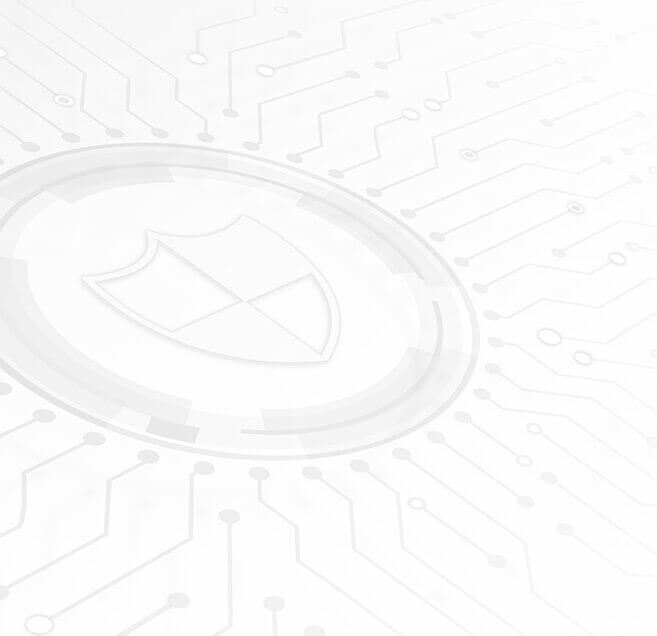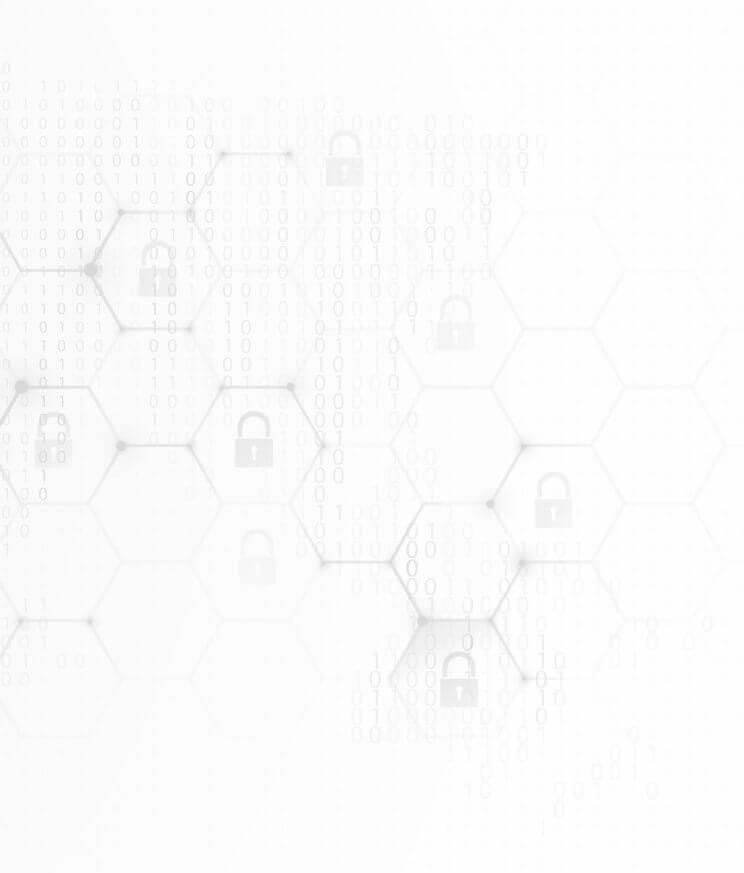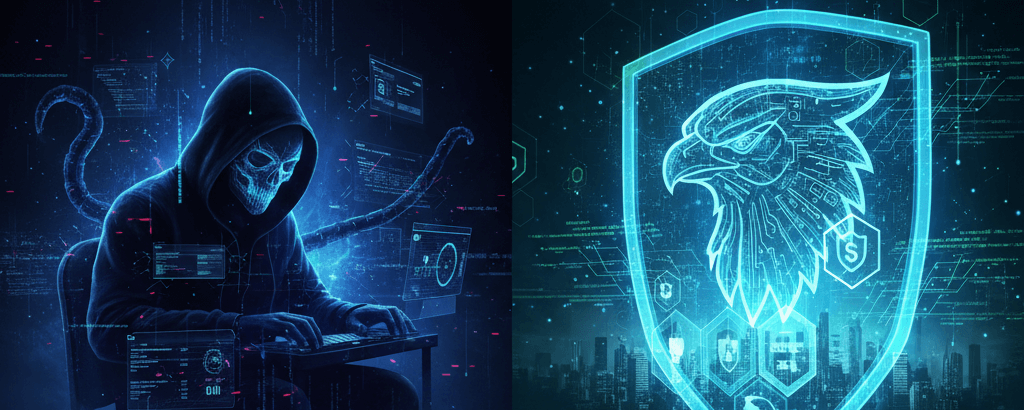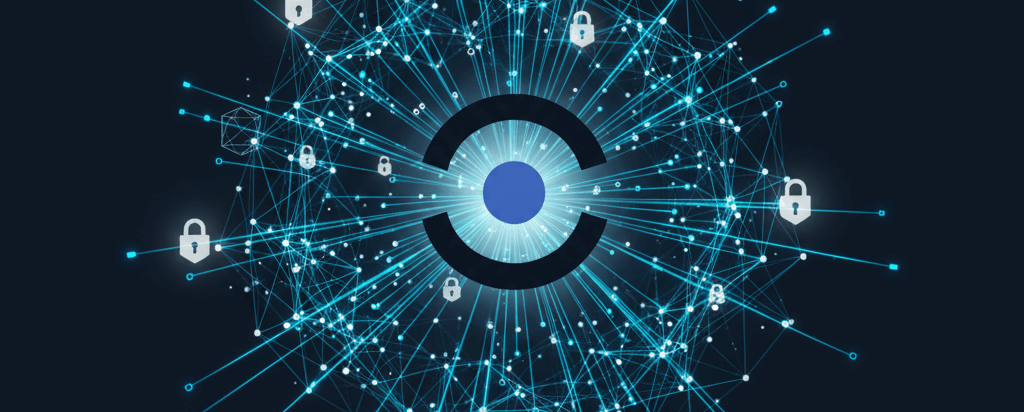
A new study from D-Wave, a pioneer in quantum computing, reveals a significant shift in perspective among business leaders. The research highlights a growing recognition of quantum computing’s profound potential for driving operational improvements and tackling inherently complex optimisation problems, an area where traditional computing methods are increasingly hitting their limits. However, as the quantum era dawns, it is imperative that this enthusiasm is tempered with a clear understanding of the immediate and future security implications, particularly concerning data protection.
D-Wave’s recent findings underscore that a substantial 81% majority of business leaders believe they have exhausted the benefits achievable through classical computing for optimisation. This sentiment is catalysing a decisive move towards quantum technologies, with over half of those surveyed planning to integrate quantum computing into their workflows within the next two years, and a further 27% actively considering it. The anticipated returns on investment are equally compelling, with 46% expecting between $1 million and $5 million, and a remarkable 27% predicting an ROI exceeding $5 million within the first year of adoption. Key areas poised for significant impact include supply chain and logistics, manufacturing, and planning.
Dr. Alan Baratz, CEO of D-Wave, rightly points out that “yesterday’s legacy computing solutions are struggling to keep pace with modern business.” Indeed, the sheer complexity of today’s operational challenges, from intricate supply chain dynamics to real-time manufacturing adjustments, demands a computational paradigm shift. Quantum computing, with its ability to explore vast solution spaces simultaneously, offers the promise of unlocking unprecedented efficiencies and novel solutions previously deemed intractable.
However, amidst this promising landscape, a critical conversation must take centre stage: the inevitable impact of quantum computing on cybersecurity and data integrity. While quantum computers promise immense benefits, a sufficiently powerful quantum machine will also have the capacity to break many of the encryption methods that currently secure our most sensitive data.
The insidious threat of “harvest now, decrypt later” attacks is already a present danger. Cybercriminals are actively collecting encrypted data today, patiently awaiting the advent of quantum computers capable of decrypting it. This chilling reality underscores the urgent need for organisations to proactively implement quantum-proof security measures now.
This is where Post-Quantum Cryptography (PQC) becomes paramount. PQC refers to a new generation of cryptographic algorithms designed to withstand attacks from both classical and quantum computers. The National Institute of Standards and Technology (NIST) is leading global efforts to standardise these quantum-resistant algorithms, with initial standards already released.
Organisations cannot afford complacency. The transition to a quantum-secure infrastructure will be a complex undertaking, requiring significant investment in new technologies, skill development, and strategic planning. Key actions for businesses include:
- Conducting a comprehensive cryptographic inventory: Understanding what data is encrypted, where, and with what algorithms is the first crucial step.
- Developing a strategic roadmap for PQC migration: This must include timelines, resource allocation, and a phased approach to integration.
- Testing and implementing PQC solutions: Partnering with experts to test and deploy new algorithms in current environments is vital to identify and address any interoperability or performance issues.
- Embracing a defence-in-depth strategy: Combining PQC with other robust security measures like strong access controls, network segmentation, and intrusion detection systems will create a multi-layered defence.
- Educating leadership and stakeholders: Ensuring buy-in and understanding of the quantum threat at the highest levels of an organisation is essential for successful implementation.
The recent D-Wave study is a clear signal that quantum computing is moving beyond theoretical promise and into tangible business value. As businesses increasingly recognise and embrace its transformative potential for operational excellence, they must simultaneously acknowledge the non-negotiable imperative of safeguarding their data. The future is quantum, and securing that future requires immediate and decisive action. Those who prioritise quantum-safe practices today will be best positioned to thrive in the inevitable quantum era.
Mondas are staying at the forefront of quantum computing, contact us today to see if we can support your understanding on the impact of quantum on cybersecurity.





